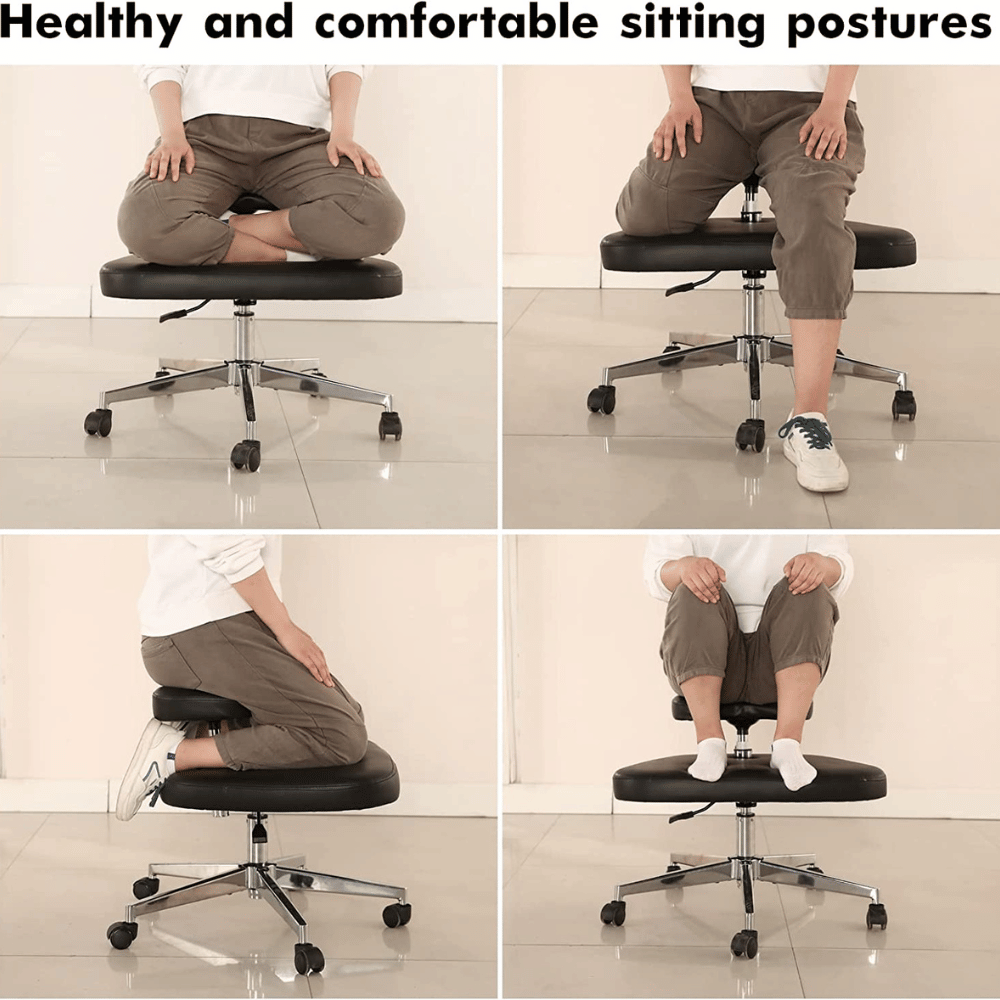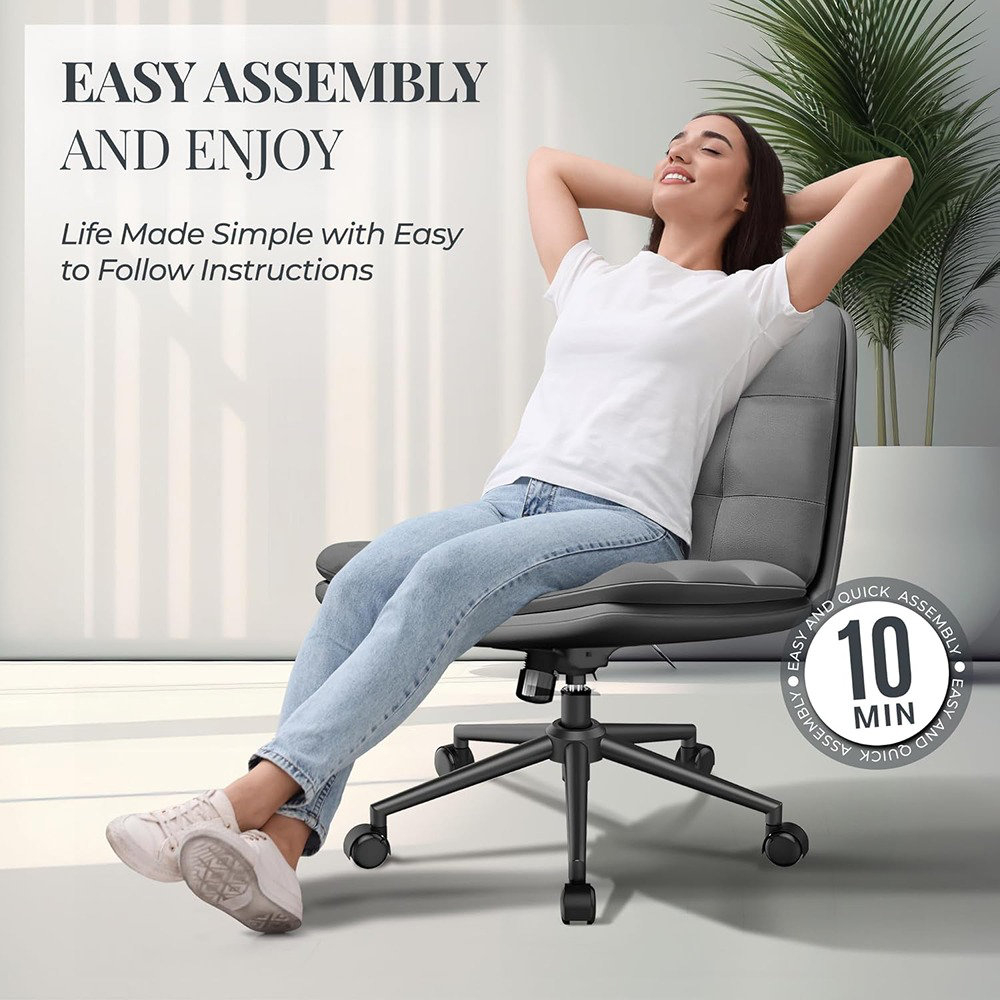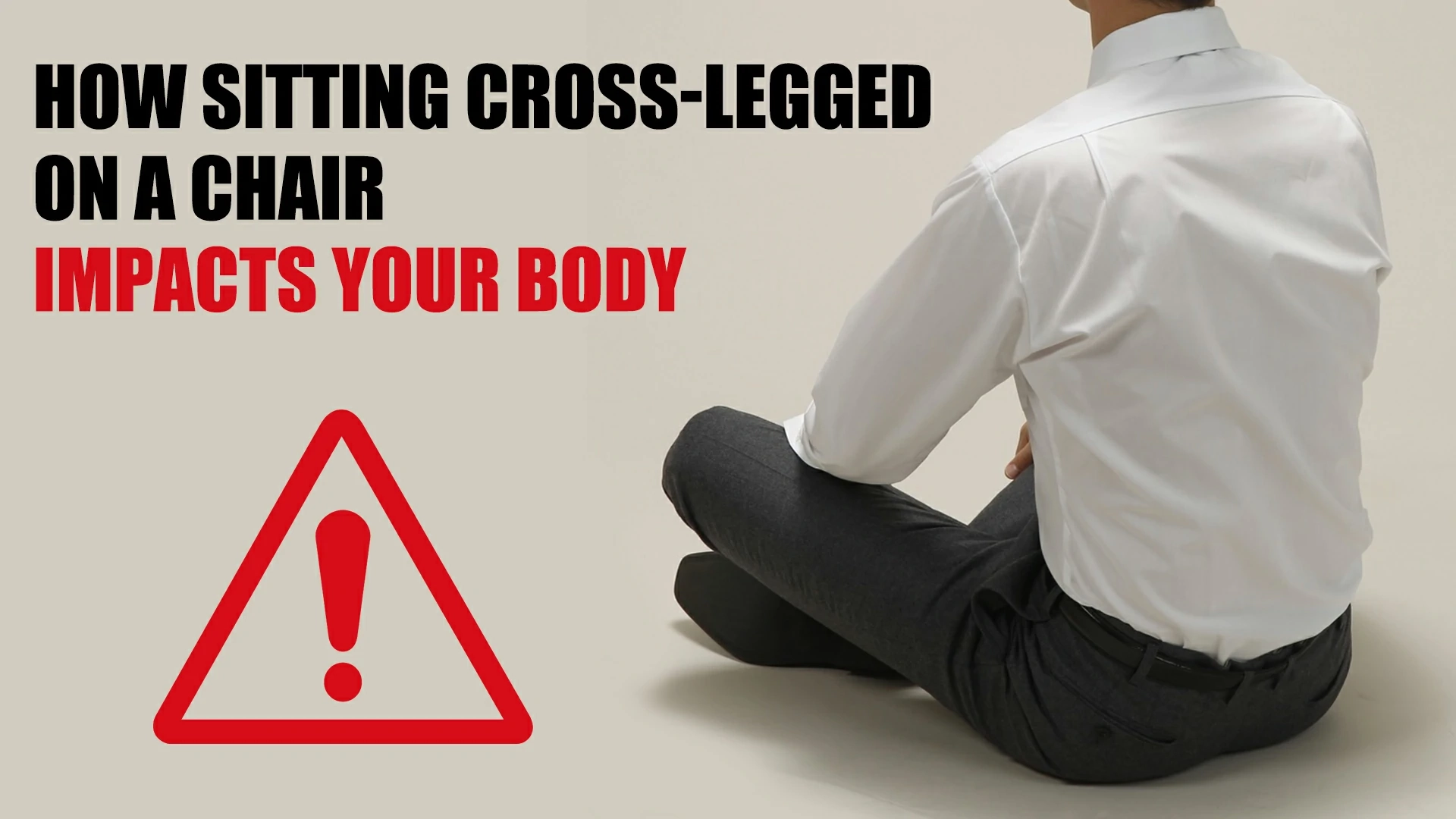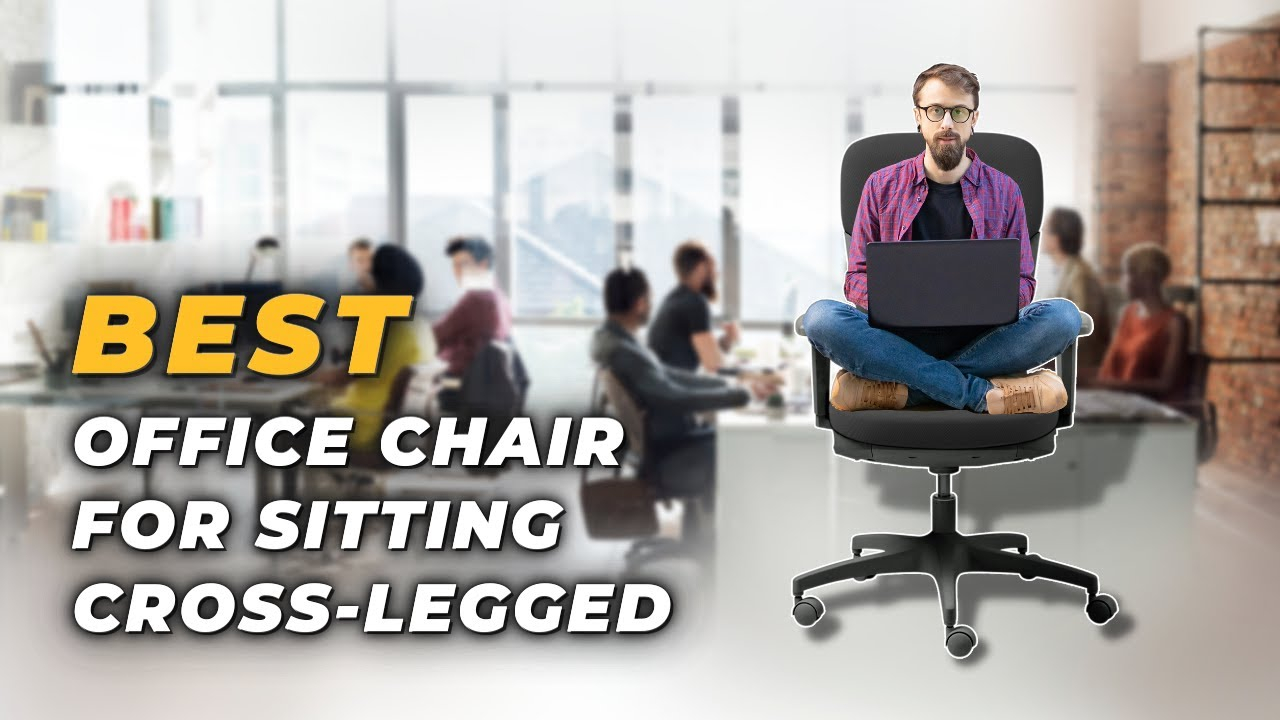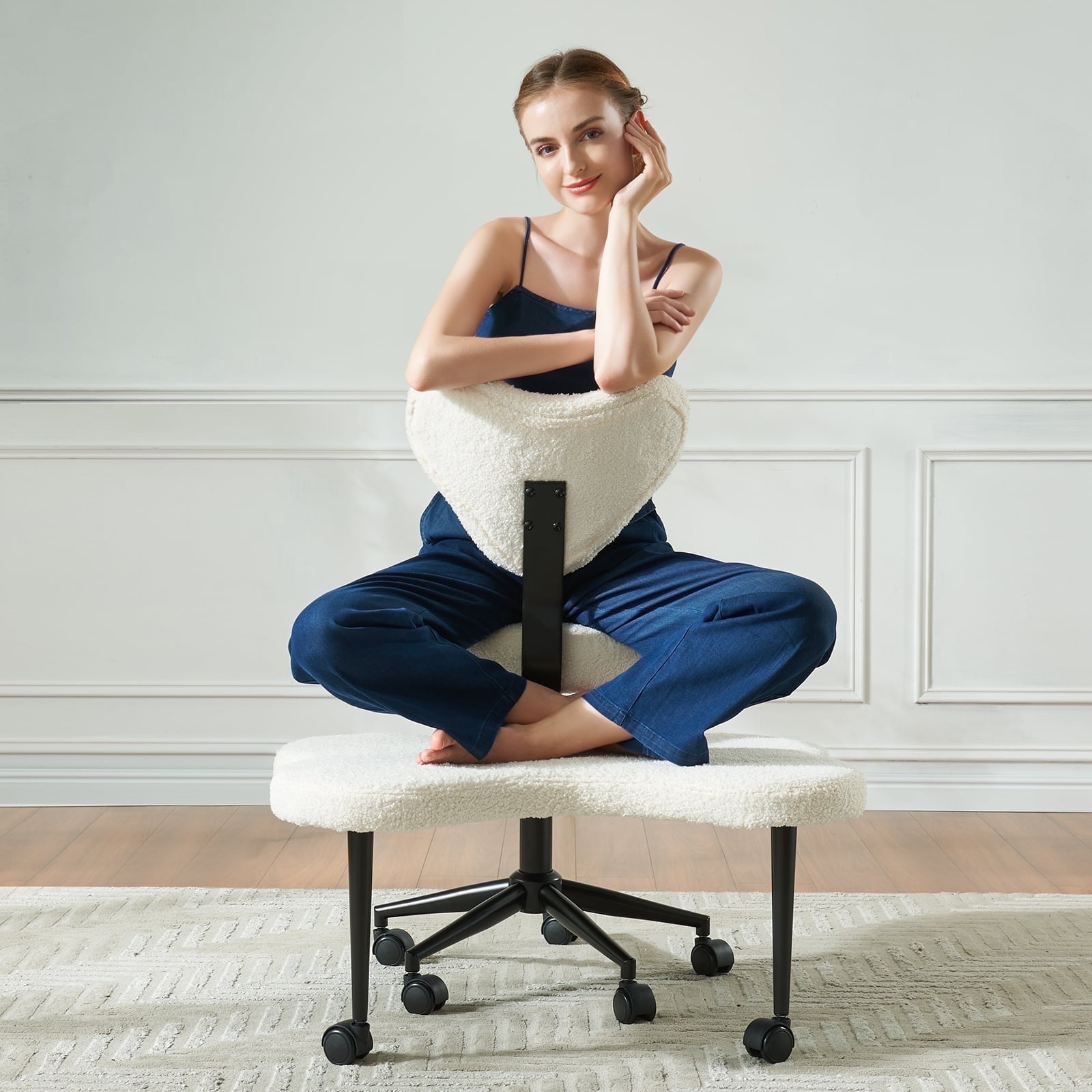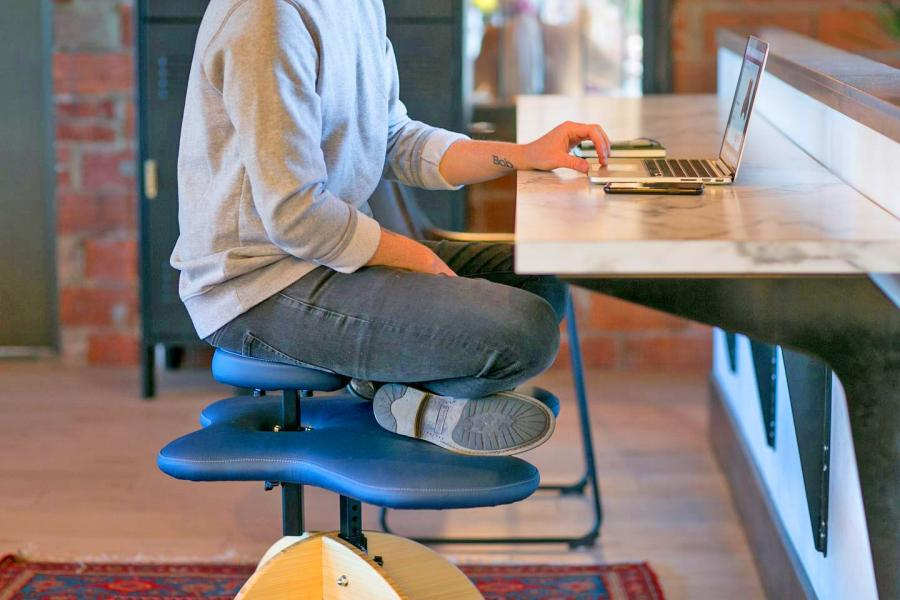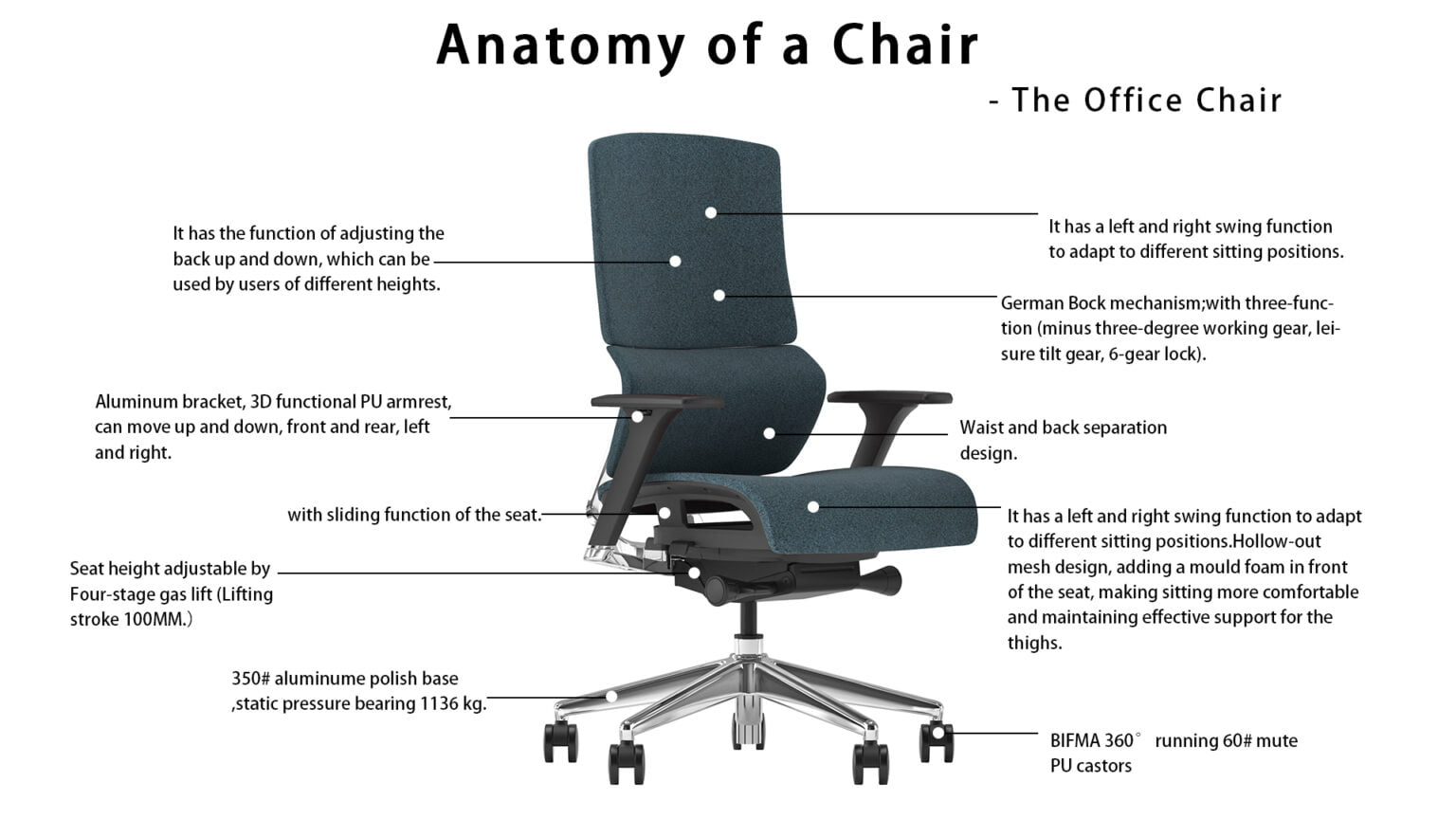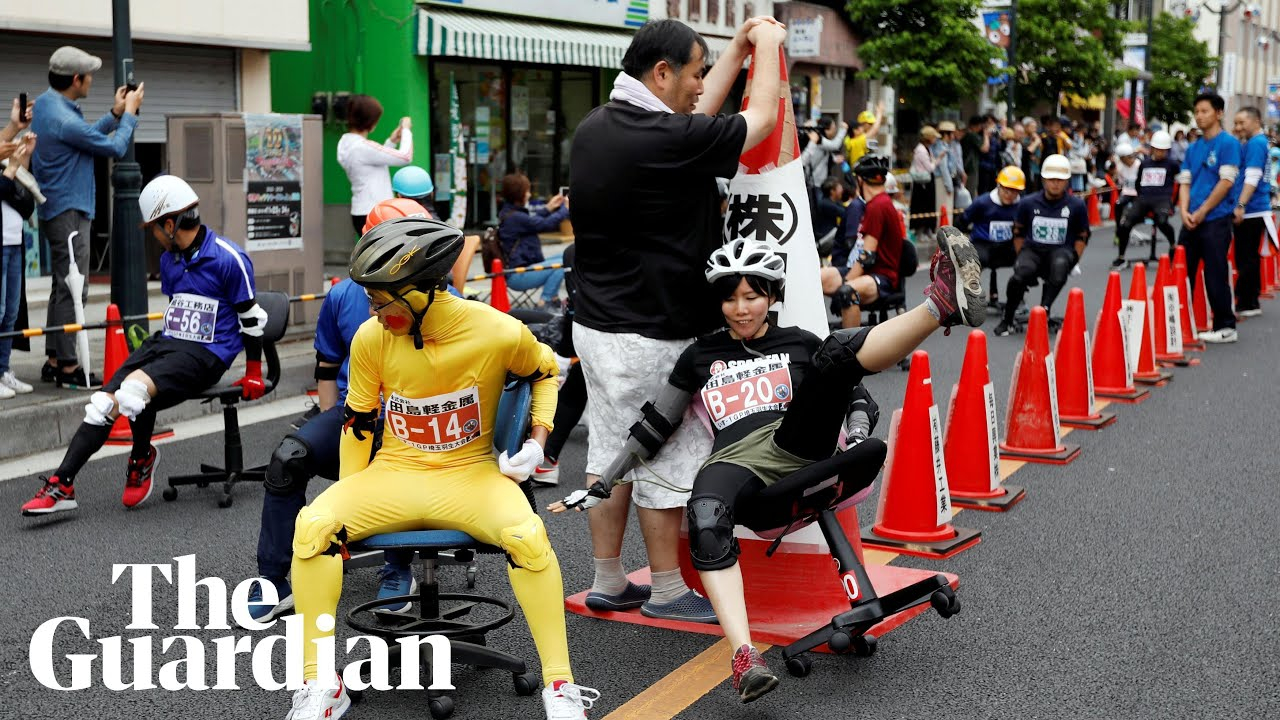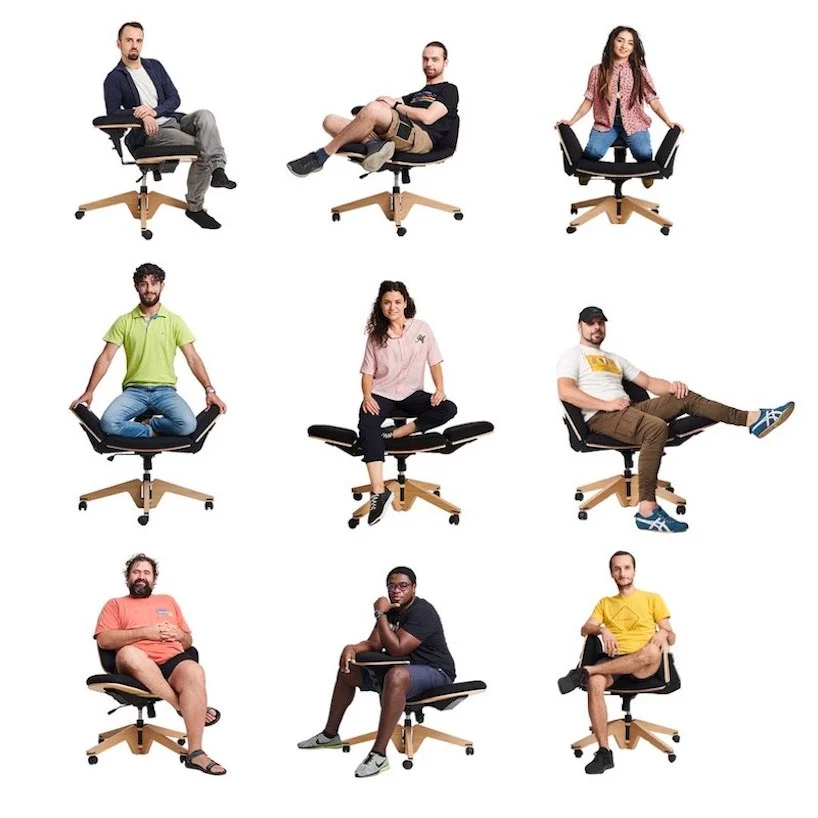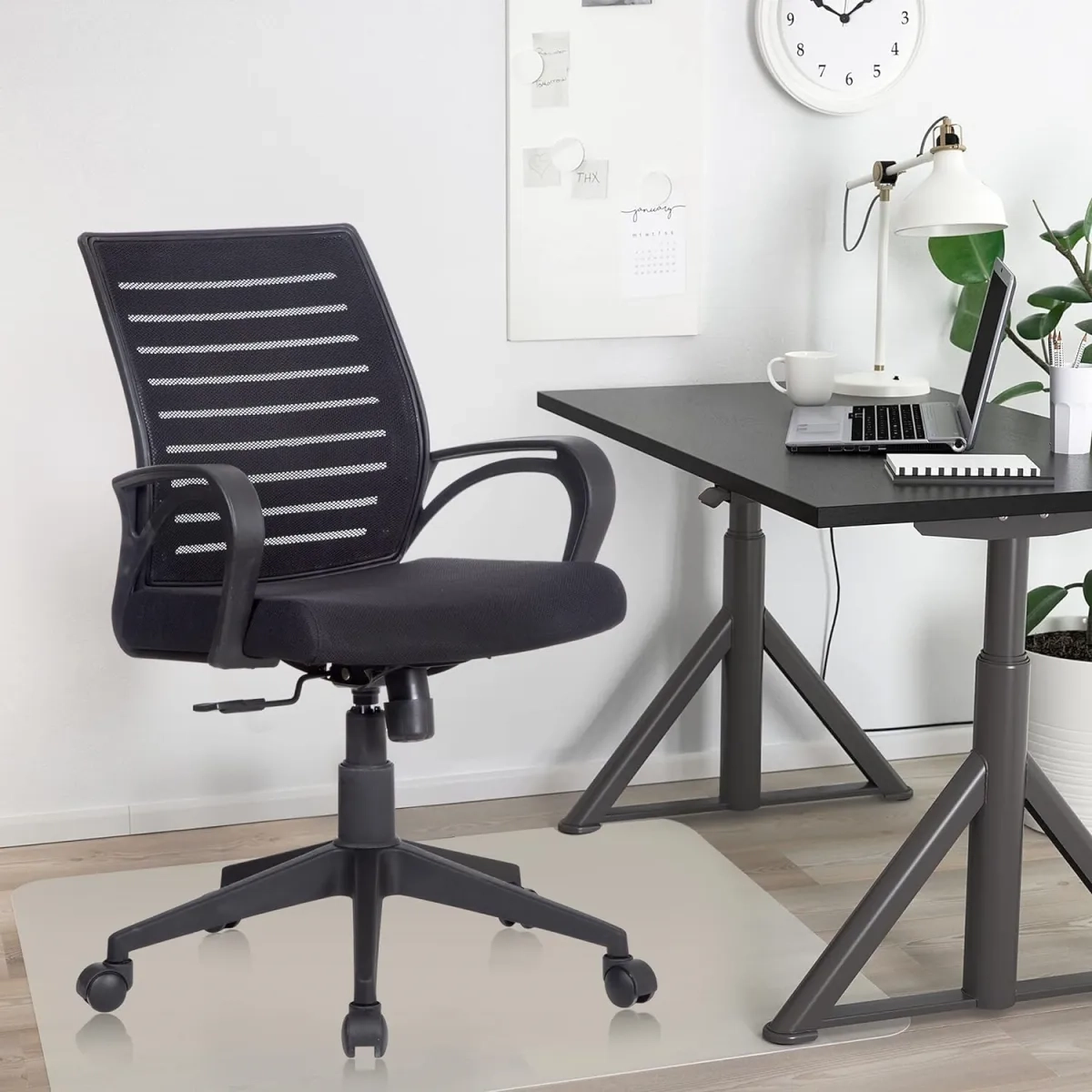Ever found yourself admiring someone effortlessly tucking their legs beneath them, only to struggle when you try? Cross-legged seating, whether it’s a simple criss-cross applesauce or a more intricate lotus pose, seems like a natural way to rest. But for many of us, it can quickly turn into a test of endurance, complete with numb limbs and aching hips. This isn’t just about looking graceful; it’s about finding genuine ease and comfort in a posture that’s so common, yet often elusive. Let’s dive into how you can unlock that seamless cross-legged comfort, making it a truly enjoyable experience, all day long.
There’s something inherently grounding about sitting cross-legged. It brings your body into a stable, centered position, which can feel wonderfully secure. Historically, it’s been a common posture for meditation, dining, and general relaxation across many cultures. However, the reality for many modern individuals is that this simple posture can be a source of discomfort. Tight hips, inflexible hamstrings, or even just poor awareness of your body’s alignment can turn a potentially pleasant experience into a painful ordeal. So, what gives? It often boils down to a combination of our daily habits and our body’s current physical condition. The good news is, it doesn’t have to stay that way. With a little understanding and some targeted effort, you can significantly improve your ability to sit cross-legged comfortably.
Understanding Your Body’s Limits: Flexibility and Mobility
The primary hurdle for comfortable cross-legged sitting is often a lack of flexibility and mobility, particularly in the hips and surrounding muscles. Your hip joints are complex ball-and-socket joints, and the muscles that surround them – like your hip flexors, glutes, and adductors (inner thigh muscles) – play a huge role in determining how easily you can bring your legs into a crossed position. If these muscles are tight from prolonged sitting (sound familiar?), they can restrict your range of motion. Think about it: if your hip flexors are constantly shortened from sitting at a desk, they’ll resist being stretched when you try to cross your legs. Similarly, tight outer hip muscles and glutes can make it difficult to rotate your hips outward, a key component of comfortable cross-legged posture. It’s not about being a contortionist; it’s about understanding which muscles need a little TLC.
The Role of Posture and Alignment
Even with good flexibility, poor posture can sabotage your cross-legged comfort. When you sit cross-legged, it’s crucial to maintain a neutral spine. This means keeping your back relatively straight, avoiding slouching or arching excessively. Slouching, for instance, can put undue pressure on your lower back and make it harder to keep your hips stable. Your pelvis should ideally be in a neutral position, not tucked under or tilted too far forward. If you find yourself naturally leaning forward or backward to compensate for tightness, it’s a sign that your core muscles might not be engaged enough, or that you need to adjust your seating. Proper alignment ensures that the weight is distributed evenly and reduces strain on your joints and back. Imagine a string pulling you up from the crown of your head – that’s the kind of length you want through your spine.
Simple Stretches and Exercises to Improve Flexibility
Ready to loosen up? A few targeted stretches can make a world of difference. Gentle, consistent practice is key. Try these:
- Butterfly Stretch: Sit with the soles of your feet together, knees bent and falling outwards. Gently let your knees drift closer to the floor. You can hold your ankles and sit up tall, or if you feel comfortable, hinge forward slightly from your hips. This is fantastic for inner thigh and hip opener.
- Pigeon Pose (Modified): This yoga pose is a powerhouse for hip flexibility. Start on your hands and knees. Bring one knee forward towards your wrist, angling your shin across the mat. Extend the other leg straight back. Keep your hips square to the front. If this is too intense, place a block or cushion under the hip of your bent leg for support.
- Supine Figure-Four Stretch: Lie on your back with your knees bent and feet flat on the floor. Cross one ankle over the opposite thigh, just above the knee. Gently draw the bottom thigh towards your chest until you feel a stretch in the hip of the crossed leg. Hold and repeat on the other side.
Remember to breathe deeply during each stretch and never force your body into a position that causes sharp pain. Aim for a gentle pull.
Making it Comfortable: Props and Modifications
Don’t feel like you have to achieve a perfect lotus on your first try – or ever, for that matter. Using props is a smart way to support your body and make cross-legged seating more accessible and comfortable.
- Cushions: Placing a cushion or folded blanket under your hips can elevate them slightly. This helps to tilt your pelvis forward, making it easier for your knees to drop lower and reducing strain on your hips and lower back. Experiment with different thicknesses to find what works best for you.
- Back Support: If you find yourself slouching, a cushion behind your lower back can provide much-needed support and encourage a more upright posture. You can also sit with your back against a wall.
- Foot Placement: Not everyone’s anatomy allows their knees to rest comfortably low. Don’t force them. If your knees are significantly higher than your hips, try a slightly wider or less crossed position. You might even rest one foot slightly in front of the other, rather than tucking it completely under. The goal is a stable, comfortable base.
Integrating Comfort into Your Day
The key to unlocking seamless cross-legged comfort all day long is consistent, mindful practice. It’s not about a one-time fix.
- Short Bursts: Instead of trying to sit cross-legged for hours, start with short periods – five to ten minutes at a time. Do this a few times a day. Perhaps while watching TV, during a work break, or while reading.
- Listen to Your Body: Pay attention to how your body feels. If you start to feel discomfort, gently shift your position or take a break. Pushing through pain is counterproductive.
- Vary Your Posture: Even if you’re comfortable sitting cross-legged, it’s important to switch positions regularly. Stand up, walk around, and stretch. Variety keeps your body from getting stiff in any one position.
- Mindfulness: Be present in your posture. Notice where you feel tension and try to consciously relax those areas. Deep breathing can help immensely with relaxation and releasing tension.
When to Seek Professional Advice
While most discomfort from cross-legged sitting can be addressed with flexibility work and postural adjustments, there are times when professional guidance is beneficial. If you experience persistent pain, numbness, or tingling that doesn’t improve with self-care, it’s wise to consult a healthcare professional. This could be a doctor, a physical therapist, or a chiropractor. They can assess your specific situation, identify any underlying issues like sciatica, joint problems, or significant muscle imbalances, and provide personalized recommendations and treatments. Sometimes, a few sessions with a qualified yoga instructor or a movement specialist can also be incredibly helpful in understanding your body’s mechanics and learning safe, effective ways to improve your flexibility and posture.
Achieving comfortable, sustained cross-legged seating is a journey, not a destination. It’s about building awareness of your body, gently improving your flexibility, and making smart choices about your posture and environment. By incorporating simple stretches, using props when needed, and listening to your body’s signals, you can transform this common posture from a source of frustration into one of genuine ease and relaxation. So, take a deep breath, find a comfortable spot, and start practicing. Your body will thank you for it, allowing you to unlock that seamless cross-legged comfort, all day long.

